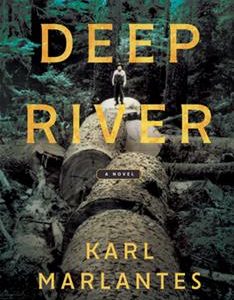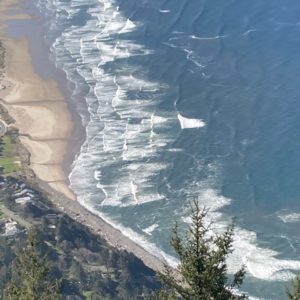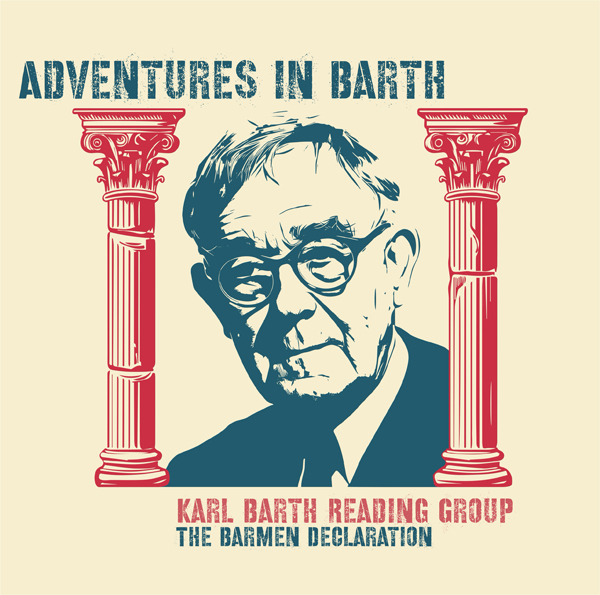The Enchanted Forest
There’s a way in which reading a great novel about a particular part of the country can enchant, or re-enchant, that landscape. Layers and voices are added.
 At least that’s my experience on reading Karl Marlantes’s novel Deep River, and returning now to northwest corner of Oregon, and southwest corner of Washington, where his story is set.
At least that’s my experience on reading Karl Marlantes’s novel Deep River, and returning now to northwest corner of Oregon, and southwest corner of Washington, where his story is set.
Driving through Astoria, Oregon I noticed names that I had never noticed before. “Sueomi Hall,” where the Finn’s of Marlantes’s novel went for dances. The “Desdamona Club” where more than one logger nursed his physical and emotional bruises. A building with the words, “Finnish Meat Market” carved in the stone.
But most of all the forests. The forests were re-enchanted by the pictures I now had in mind from Marlantes lyric descriptions. Pictures of massive trees with trunks 12 to 14 feet in diameter. And stories of the loggers who risked life and limb, to bring these giants to the earth. And of native peoples who had such a different way of being in these same forests.
We’re in Manzanita, on the north part of the Oregon Coast. There was a time when the Oregon Coast, an extraordinarily beautiful coastline, was a pretty big part of our lives. That was way back in college days. The drive from Salem (Willamette University) to Neskowin took just over an hour. We made it often to walk the beach, drink wine amid the beach grass and dunes, or watch the water and waves rage and toss on a stormy day.
While we’ve been here several times over the intervening years — my son, Nick, and I biked the Oregon Coast one summer when he was in high school — our visits have been infrequent. But here we are, after all these years, in Manzanita — and the Oregon Coast is, of course, still beautiful.
 This morning we hiked to the top of Mt. Neahkahnie, a steep walk to the 1700′ summit, but worth it. Here’s a photo looking down on the ocean and beaches of Manzanita from the top of Neahkahnie.
This morning we hiked to the top of Mt. Neahkahnie, a steep walk to the 1700′ summit, but worth it. Here’s a photo looking down on the ocean and beaches of Manzanita from the top of Neahkahnie.
Until I read Deep River I knew nothing of the Finns who came here in the late 19th and early 20th century, escaping brutal Russian oppression.
The constant press of Russia on Finland accounts, at least in part, for the radicalism of many Finns who came to the U.S. and the Northwest. Their radicalism was a blend of Finnish nationalism and socialism.
The central character in Marlantes book, Aino (pronounced Eye No), embraced the radical cause in Finland and continued it in the U.S., as she became an organizer for the International Workers of the World (IWW) or “Wobblies.” It was work as dangerous as being a logger, though for different reasons.
Deep River is a powerful story. Those early logging camps were tough; tough and dangerous. In order to put in the 12 – 14 hour days they did loggers had to eat massive amounts, as much as 16,000 calories a day. But the pay was low and working conditions poor. It wasn’t these Finns who made the big money off logging.
The human story is bound up with the story of the land, of the woods, and of those massive trees in the Northwest Coast Range and rain forest. Now all the ancient ones gone. On our hike I saw some old stumps, maybe 8 feet in diameter. They looked big, but then I tried to imagine an entire forest of ancient trees nearly twice the width of these old stumps. What an awesome sight.
A novel like Marlantes’s helps you to see more, to feel more. We tend to live in the present, unaware of so much that has gone before our brief moment, of the high price paid on the way to the comfort most enjoy today. Deep River not only deepens our understanding of the human dramas, it does more. It re-enchants a world from which enchantment, and the sacred, has largely been shorn. It is this enchantment for which our modern souls now ache.
![Anthony B. Robinson [logo]](https://www.anthonybrobinson.com/wp-content/themes/anthonybrobinson/images/logo.png)
![Anthony B. Robinson [logo]](https://www.anthonybrobinson.com/wp-content/themes/anthonybrobinson/images/logo-print.png)
